AO Edited
The Sobreiro Monumental (Monumental Cork Oak)
For more than two centuries, the canopy of this venerable tree has been a haven for songbirds and lovers.
In the small village of Águas de Moura, in Portugal’s Alentejo region, stands the world’s largest Cork oak tree (Quercus suber). Well over 230-years-old, the tree was planted in 1783, the same year that the Treaty of Paris was signed ending the American Revolutionary War. Sobreiro Monumental is also affectionately known as “The Whistler Tree [Sobreiro Assobiador],” attributed to the sounds made by dozens of songbirds when they land and shelter among its branches.
The magnificent tree is over 53-feet tall and has a trunk diameter of over 14-feet. Its classification as a “Tree of Public Interest” occurred in 1988. In 2009, the Guinness Book of World Records declared it the “largest and most productive Cork oak in the world.” In 2018, Sobreiro Monumental was voted “European Tree of the Year.”
The spongy, cork-yielding bark of these trees has been used for over 5,000 years. Portugal is credited with about half of the world’s current cork production. A Cork oak’s bark is harvested approximately once every ten years, with the first harvest not occurring until the tree is 25-years-old. Sobreiro Monumental’s bark has been collected over 20 times. Its most prolific crop occurred in 1991 when the tree produced 2,646 pounds of raw cork. Equal to the weight of two elephants, it was enough cork to stopper over 100,000 wine bottles and exceeded the entire lifetime production of most other Cork oaks.
Over the decades, Sobreiro Monumental provided shelter for nomads and migrants, along with privacy for lovers’ trysts. Locals call the tree “Casamenteira” or “Matchmaker” because of its popularity as a courting and marriage proposal spot. Speculation is that more than a few villagers were conceived under its protective branches. Most significant, however, might be the hundreds of thousands of liters of wine that its bark has protected over the decades.
The tree was nearly lost in 2000 when developers began clearing land without authorization. Unfortunately, 411 of Sobreiro Monumental’s neighboring trees were destroyed before the illegal deforestation activity was discovered and stopped. This Cork oak earned even stricter protection status in 2001, and it was declared a national symbol by the Portuguese Parliament in 2011. The village now maintains a parklike setting around their celebrity tree.









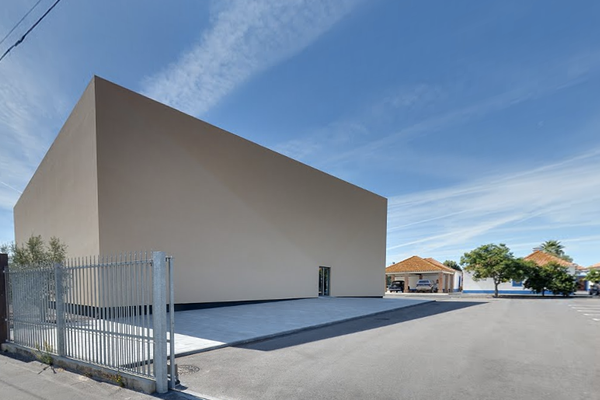
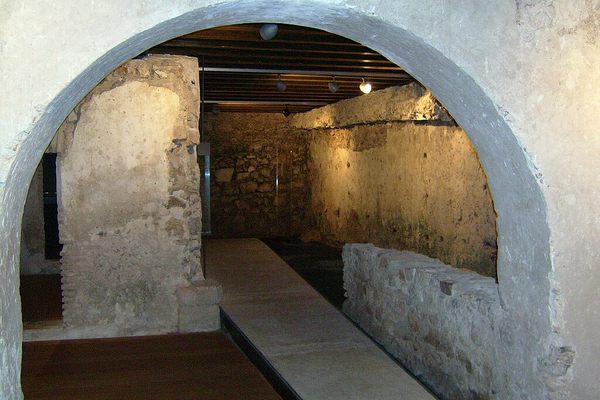
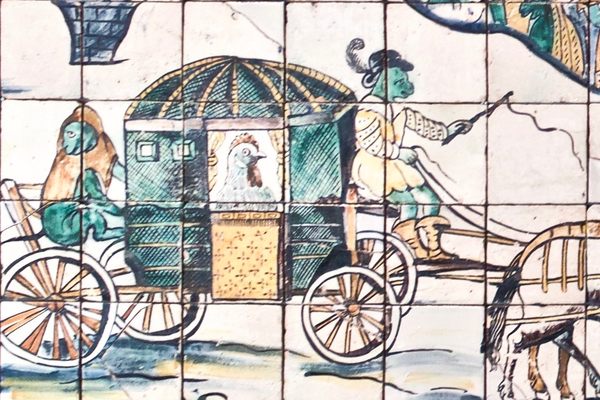




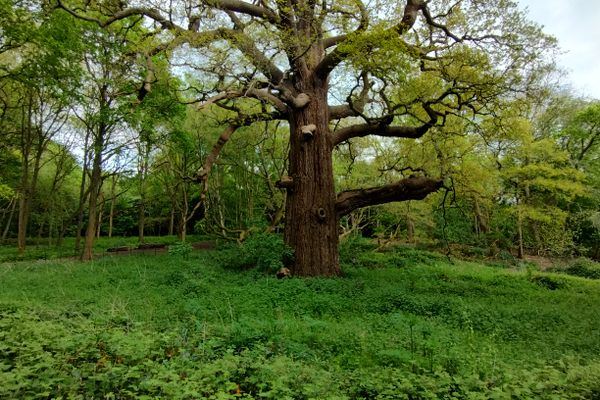
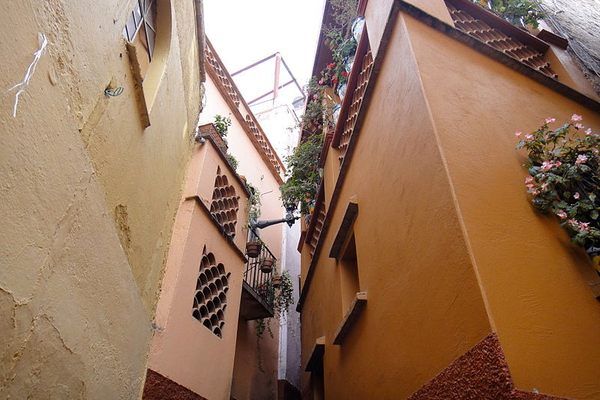


Follow us on Twitter to get the latest on the world's hidden wonders.
Like us on Facebook to get the latest on the world's hidden wonders.
Follow us on Twitter Like us on Facebook